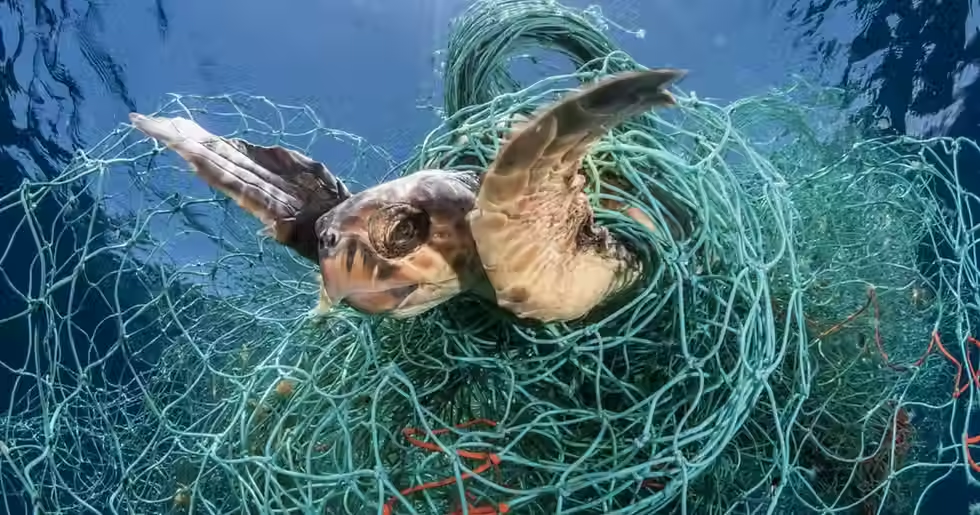Tentative Findings on the Effects of COVID-19 on the Environment
- Emma Li

- Jul 15, 2021
- 3 min read
By Emma Li, Grade 12
At this point, “the coronavirus” is probably the most famous household name of them all. Emerging in a series of cases in Wuhan, China in December of 2019, COVID-19 swept through the world at a frighteningly rapid rate, forcing many countries to shut down their economies and borders to stem the spread of the highly contagious virus. The first year of the new decade was defined by the pandemic and its impact—either directly or indirectly—on individual families, blue-collar workers, small businesses, and the 2020 U.S. presidential election, to name a few. As businesses and schools are starting to open up again, most people are eager to leave behind the trials of 2020 and return to regular living.
While COVID has been physically, emotionally, and mentally taxing on all of us, there does appear to be a silver lining to the pandemic’s untimely interference in our lives: some positive effects on the environment. While research on this topic is still tentative and not universally descriptive, many researchers of reputable institutions, including NASA (National Aeronautics and Space Administration), the U.S. Geological Survey, and the ESA (European Space Administration), have presented early research that identifies the pandemic as a potential cause for the changing climate.
After the onset of COVID-19 and the implementation of social distancing regulations, satellite images and data show a decrease in air pollution in many high-polluting countries like India. (1) In New York, air pollution levels dropped by nearly 30% during lockdown (4). At the time of its release in November 2020, the European Environment Agency’s briefing “COVID and Europe’s Environment: impacts of a global pandemic” reported “an unparalleled reduction in GHG emissions in the EU compared to 2019” (2). The briefing also mentions a significant decline in atmospheric NO₂ concentration after lockdown measures were put in place in spring of 2020. (2)
Through analyzing the turbidity and amount of solid material in water, scientists have also concluded that general water quality has improved in some areas during the pandemic. (1) Research scientist Nima Pahlevan at NASA’s Goddard Space Flight Center found that water in western Manhattan has become clearer; satellite data indicated a “40% drop in turbidity during the pandemic in a section of the Hudson River.” (1) Pahlevan speculated that due to lockdown, fewer people commuted to Manhattan, which reduced the amount of pollutants that ended up in the Hudson River and thus improved water quality there.
However, not all environmental impacts of the pandemic have been positive. In addition to reducing air and water pollution levels, the coronavirus has changed deforestation rates, though not uniformly across the board. Despite the fact that parts of the rainforest in Colombia and Peru have experienced less deforestation since the pandemic began, the Brazilian Amazon rainforest saw greater rates of deforestation, as did rainforests in tropical Indonesia and the Congo. (1) Following the same negative trend, the pandemic also caused a significant surge in plastic production and consumption because of global demand for PPE like masks and gloves. The World Health Organization estimated that the global population uses up 89 million medical masks, 76 million examination gloves, and 1.6 million sets of goggles per month. (3)
Perhaps the most grim piece of news is that many experts label the strides made during the coronavirus as temporary. Pahlevan—the Manhattan water quality researcher—believes that “once we return to pre-pandemic behaviors, water quality will revert as well,” and other researchers agree that “environmental improvements… won’t last if the world goes back to its pre-pandemic ways.” (1) The European Environment Agency noted that “while short-term reductions in energy use and emissions may make 2020 targets achievable, any longer-term goals will require political decisions that prioritize recovery measures which contribute significantly to climate change mitigation.” (2)
We know that the environment is deteriorating fast, and that it is vital for us to preserve it before all actions become too little, too late. The coronavirus has shown that if we all act together, we can make a significant difference in lowering pollution levels in our cities. However, the coronavirus has also shown with flimsy social distancing regulations in the U.S. that it takes deliberate policies to enact real change. Without enforcement in place to ensure that people follow the law, there will always be dissenters hindering the movement to restore the environment, just as there are still people refusing to wear masks in order to help stop spreading SARS-CoV-2. Of course, the individual liberties promised by America’s founding documents must be taken into account when writing environmental policies in the United States; but in this day and age, when we teeter at the edge of a cliff where total environmental destruction lies beyond, Americans have to ask themselves what is really more important: their personal freedom, or Earth’s future?
(1) https://www.sciencedaily.com/releases/2020/12/201208162957.htm
(2) https://www.eea.europa.eu/publications/covid-19-and-europe-s/covid-19-and-europes-environment
(3) https://www.who.int/news/item/03-03-2020-shortage-of-personal-protective-equipment-endangering-health-workers-worldwide
(4) https://earthdata.nasa.gov/covid19/




Comments